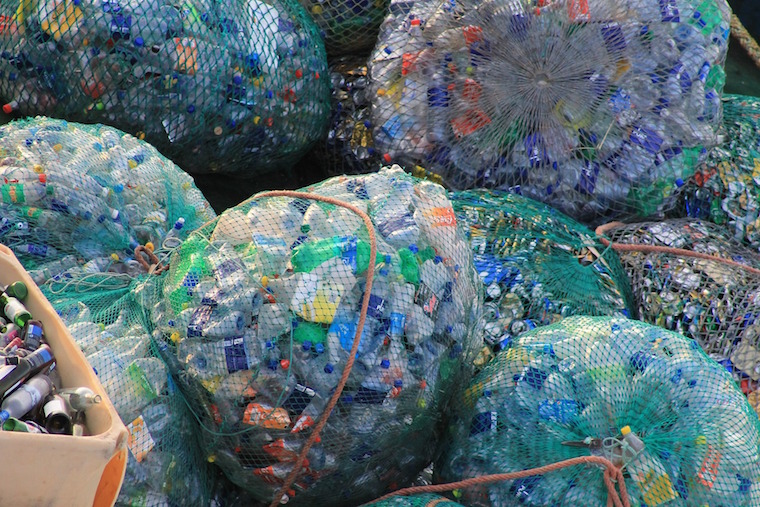Elderberry: Our BFF
You hear about antioxidant this and antioxidant that. You know antioxidants are good. But why are they good and how do they work? Relative to antioxidants, you hear a lot about free radicals. Here’s why:
Antioxidants are natural substances that may slow or even prevent damage to the body’s cells. Our bodies contain natural antioxidants in the form of vitamins, minerals and hormones. Our immune system uses these natural antioxidants to fight “threats” such as pollutants, toxins, radiation and UV light. Importantly, antioxidants fight and work to reverse the damage caused by free radicals that wreak havoc in our bodies and are the leading cause of premature aging.1
Free radicals are bad cells that are unstable and reactive. They enter our bodies as we breathe in polluted air and cigarette smoke; they creep in from unclean water; they’re generated when we’re under prolonged stress or suffering from illness; they even come in the form of unhealthy diets. Every metabolic reaction that involves oxygen has the potential to generate free radicals and if nothing is done, inflammation and arterial wall damage are the end results.2
Even though our bodies contain natural antioxidants, we obviously need more support to maintain Active Wellness in our increasingly polluted world. That’s where the elderberry can play a starring role.
The elderberry is generally traced back to Hippocrates, the Greek known as the “father of medicine.” He described it as his “medicine chest” for its wide variety of health benefits. Over the centuries, elderberry has been used to treat colds, flu, fever, burns, cuts and more than 70 other maladies. 3
In the year 2007, the US Department of Agriculture looked at the oxygen radical absorbance capacity (ORAC) or overall antioxidant capability of various berries. That is, which berries were the most effective at attacking damaging free radicals? Elderberry had higher ORAC values than blackberry, blueberry, cranberry, raspberry and strawberry, which also are relatively high in antioxidants.4
With such a high ORAC, it’s no wonder that elderberries are known as excellent immune system boosters. Your local drugstore in the US, Canada and Europe are likely to have an array of elderberry syrups or tablets. Numerous studies have demonstrated that elderberry extract is highly effective in mitigating flu-like symptoms and shortening the duration of colds.5
Research published in the Journal of Nutrition show that elderberry extract helps expedite the process of clearing excess sugar from the bloodstream and into muscles and the liver, thereby helping to maintain normal levels of blood sugar.6 Studies also show that Sambucus (the scientific name for elderberry) has natural diuretic and laxative effects, which helps the body decrease fluid retention and constipation.7
Kenzen Super Ciaga contains a mighty medley of berries with the powerful maqui berry having the highest ORAC value at 27,600 per 100g serving of fresh fruit. Elderberry, which is an excellent source of vitamins A, B and C, provides substantial support with an ORAC value of 14,500 per 100g serving of fresh fruit. Blueberry, blackberry and raspberry add to the overall ORAC value as well as enhancing flavor with their natural sweetness. Kenzen Super Ciaga® is a delicious way to ingest some powerful antioxidants!
In the next three months, the Nikken Facebook page will be posting the 10 winning Kenzen
Super Ciaga recipes from our contest. Check it out and why not do a little experimentation of your own—Kenzen Super Ciaga® tastes like a treat and acts like bodyguard!

